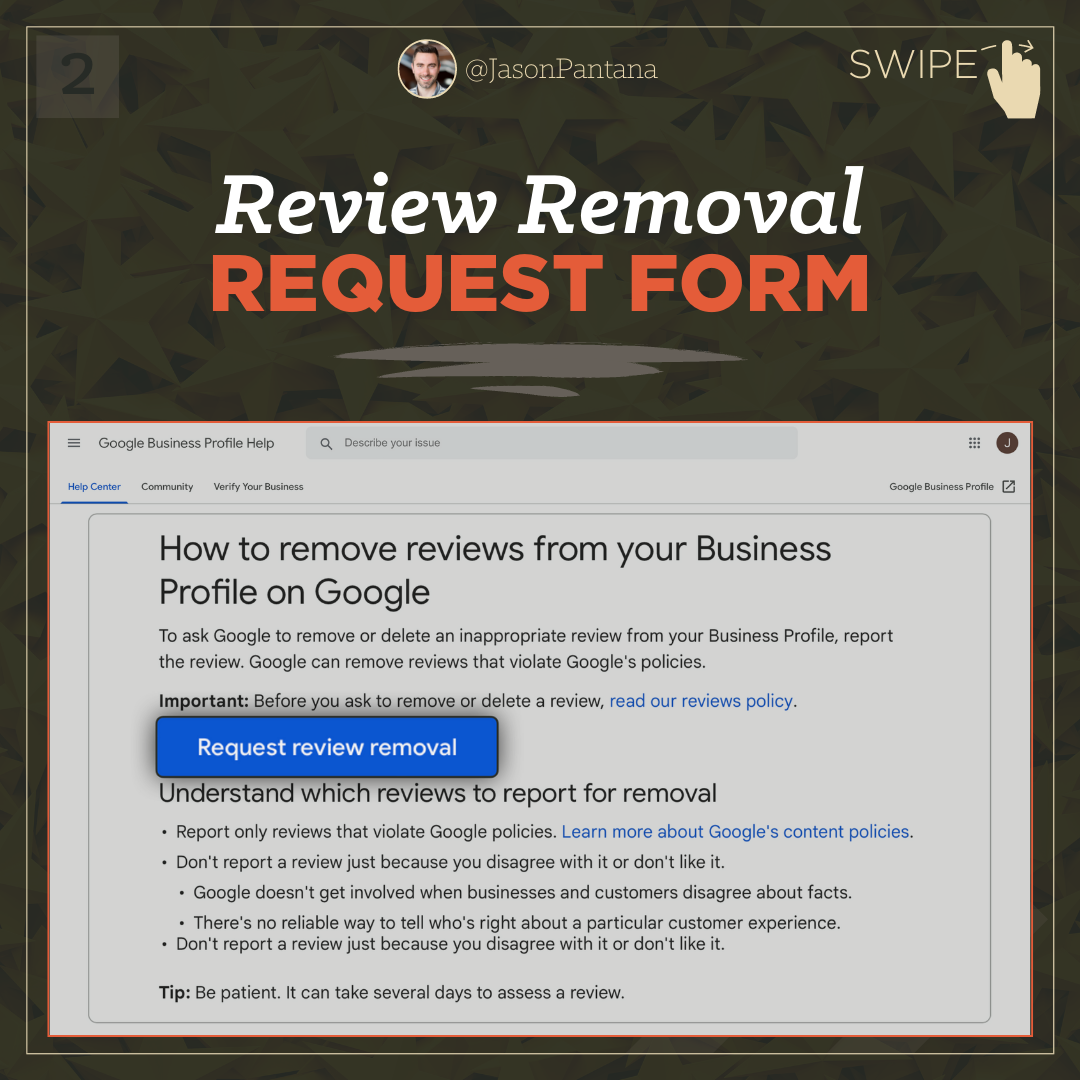Is it worth it to publish videos in different languages? 100%, yes!
Here’s a list of the TOP FIVE spoken languages, worldwide 🌏:
Chinese
Spanish
English
Hindi
Arabic
I figure you’ve got a couple of options in terms of how to go about implementing a multilingual video strategy:
You could create standalone pages and channels across social, each customized to a particular language. If you don’t actually speak that language, you could consider hiring a voice-over translation artist. No lying, it’s gonna be a lot of extra work. I should also point out that closed-captioning and subtitling tools have come along way in terms of translation capabilities.
You could produce “some” multilingual content—like, for example, a market update video in different languages. Maybe all that content lives on your blog OR in its own Playlist on your YouTube channel, for instance.









